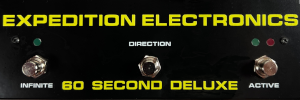Note: links to listings are affiliate links for which the site may be compensated.
via this auction
I thought it was interesting that the back port connector is different from this one. You might remember the one with a worn out case that looks similar to a leatherbound book from this previous post.
Showing posts with label Maas-Rowe. Show all posts
Showing posts with label Maas-Rowe. Show all posts
Friday, March 03, 2023
Monday, February 13, 2023
Maas Rowe Model 813 Krueger String Bass Synthesizer
Note: links to listings are affiliate links for which the site may be compensated.
via this auction
Looks like a leather book, but it's actually wood veneer.
You can find a demo of one previously posted here.
via this auction
Looks like a leather book, but it's actually wood veneer.
You can find a demo of one previously posted here.
Tuesday, November 01, 2022
Krueger String Bass
Note: links to listings are affiliate links for which the site may be compensated.
Krueger 13 Note String Bass video upload by MaasRoweCarillons
"This is a Maas-Rowe Carillons product.
Krueger 13 Note String Bass
Sorry, I apologize that the volume is low, my phone’s mic seems to have a sharp drop off with distance. As I mention in the video we do still repair these instruments. Also, when we do we also upgrade them from AC to DC. In this video I use a 24 vdc switching power supply, which I do not recommend for normal usage. A cheap switching power supply can introduce noise into an analog system.
Also, a switching power supply is designed to stay at or near the set output voltage. In this case, 24 vdc. An analog 24 vdc, regulated or un regulated will run a bit higher than the set voltage. In this way measuring a 24 vdc power supply will result in slightly higher voltages, i.e. 25 - 26 volts when measured with a digital volt meter. I would imagine that there are still lots of these out there.
There also were some models that had a full metal cover and were designed to go inside of organs and connect to the note buss. I have only seen one image recently sent me by an organ repair company wanting to know the part number of an edge connector. I would like to see better photos of that type of configuration."
via this auction
Note the video above is just one I found on YouTube. It's the first Krueger String Bass demo posted on the site.
Krueger 13 Note String Bass video upload by MaasRoweCarillons
"This is a Maas-Rowe Carillons product.
Krueger 13 Note String Bass
Sorry, I apologize that the volume is low, my phone’s mic seems to have a sharp drop off with distance. As I mention in the video we do still repair these instruments. Also, when we do we also upgrade them from AC to DC. In this video I use a 24 vdc switching power supply, which I do not recommend for normal usage. A cheap switching power supply can introduce noise into an analog system.
Also, a switching power supply is designed to stay at or near the set output voltage. In this case, 24 vdc. An analog 24 vdc, regulated or un regulated will run a bit higher than the set voltage. In this way measuring a 24 vdc power supply will result in slightly higher voltages, i.e. 25 - 26 volts when measured with a digital volt meter. I would imagine that there are still lots of these out there.
There also were some models that had a full metal cover and were designed to go inside of organs and connect to the note buss. I have only seen one image recently sent me by an organ repair company wanting to know the part number of an edge connector. I would like to see better photos of that type of configuration."
via this auction
Note the video above is just one I found on YouTube. It's the first Krueger String Bass demo posted on the site.
Wednesday, September 20, 2017
Vintage Maas Rowe Krueger String Bass Pedals Synth 1970s / 80s
Note: links to listings are affiliate links for which the site may be compensated.
Here's something you've likely never seen before. I believe this is the first post on the site to feature one. You can find a hand full of other Maas Rowe posts here.
via this auction
 "This is a Maas Rowe Model 813 Krueger String Bass Pedal system from the late 1970s / early 1980s. These were originally marketed as an accessory for piano for additional basslines, but as it goes with these sorts of things, guitarists, bassists, and synth enthusiasts adopted them into their setups, too. This is the early version with 13 wooden pedals that connect with a d-sub connector.
"This is a Maas Rowe Model 813 Krueger String Bass Pedal system from the late 1970s / early 1980s. These were originally marketed as an accessory for piano for additional basslines, but as it goes with these sorts of things, guitarists, bassists, and synth enthusiasts adopted them into their setups, too. This is the early version with 13 wooden pedals that connect with a d-sub connector.
Its register is not as subby as, say, Moog Taurus pedals, but more like an octave up, perhaps in the C2-B2 range. Using the Tone control, you can keep it sine-wavy, then gradually add harmonics to create a lush, classic synth Voyager sound.
These pedals are super cool and sound awesome. They're in great cosmetic and functional condition."
Here's something you've likely never seen before. I believe this is the first post on the site to feature one. You can find a hand full of other Maas Rowe posts here.
via this auction
 "This is a Maas Rowe Model 813 Krueger String Bass Pedal system from the late 1970s / early 1980s. These were originally marketed as an accessory for piano for additional basslines, but as it goes with these sorts of things, guitarists, bassists, and synth enthusiasts adopted them into their setups, too. This is the early version with 13 wooden pedals that connect with a d-sub connector.
"This is a Maas Rowe Model 813 Krueger String Bass Pedal system from the late 1970s / early 1980s. These were originally marketed as an accessory for piano for additional basslines, but as it goes with these sorts of things, guitarists, bassists, and synth enthusiasts adopted them into their setups, too. This is the early version with 13 wooden pedals that connect with a d-sub connector. Its register is not as subby as, say, Moog Taurus pedals, but more like an octave up, perhaps in the C2-B2 range. Using the Tone control, you can keep it sine-wavy, then gradually add harmonics to create a lush, classic synth Voyager sound.
These pedals are super cool and sound awesome. They're in great cosmetic and functional condition."
Sunday, June 01, 2014
Vintage Maas-Rowe G-123 Grand Symphonic Carillon Electronic Keyboard
Note: links to listings are affiliate links for which the site may be compensated.
via this auction
 "This extremely rare Maas-Rowe Symphonic Carillon is in excellent functional (manual playing only) and cosmetic condition. This electromechanical rarity plays up to 123 chimes of four different kinds using a keyboard interface. It can either play Flemish Bells, Westminster Bells, or the Symphonic Carillon bells, the latter of which is comprised of both minor-third-tuned bells ("Minor Bells") or major-third-tuned bells ("Major Bells"). For the Symphonic Carillon bells, it uses relay that allows the player to choose the key in which he will be playing by pressing the corresponding button for that key, which in turn selects an appropriate set of minor-third-tuned bells and a set of major-third-tuned bells. Being able to select which bells are tuned minor or major allows for much greater melodic and harmonic possibilities.
"This extremely rare Maas-Rowe Symphonic Carillon is in excellent functional (manual playing only) and cosmetic condition. This electromechanical rarity plays up to 123 chimes of four different kinds using a keyboard interface. It can either play Flemish Bells, Westminster Bells, or the Symphonic Carillon bells, the latter of which is comprised of both minor-third-tuned bells ("Minor Bells") or major-third-tuned bells ("Major Bells"). For the Symphonic Carillon bells, it uses relay that allows the player to choose the key in which he will be playing by pressing the corresponding button for that key, which in turn selects an appropriate set of minor-third-tuned bells and a set of major-third-tuned bells. Being able to select which bells are tuned minor or major allows for much greater melodic and harmonic possibilities.
This carillon was purchased from Otero Junior College, Colorado. This particular symphonic carillon cost the college $28,000 when it was installed new in the college by Maas-Rowe in the early 1960s, which equates to over $200,000 in today's dollars. Receipts and other documentation will be provided to the buyer.
An external speaker that can be used in conjunction with its current monitor speaker. If you plan to mount this in a church and amplifiy it through a bell tower, 4 large tower speakers/horns can be provided to a buyer at an additional cost of $250/each, plus shipping. This is a once-in-a-lifetime opportunity to own one of the most extensive (and expensive!!!) carillon systems that Maas-Rowe ever built.
 Chime bell types include:
Chime bell types include:
37 Major bells (which, when combined with minor bells, comprises the Symphonic Carillon)
49 Minor bells (which, when combined with major bells, comprises the Symphonic Carillon)
37 Flemish bells
11 Westminster chimes
 One of the two large wood-paneled cabinets is the amplification section, which includes five power amplifiers. One of these power amplifiers is for powering a monitor speaker, and four of them are for powering tower speaker horns in a church belfry, facing in four separate directions. The Hammond speaker shown on the right is not original to this carillon. The other of the two large wood-paneled cabinets houses Maas-Rowe Chronobell system, which is the timing and roll-playing system. The Westminster chimes have their own cabinet. The Flemish chimes have their own cabinet as well. The minor bells and major bells are all housed in the carillon console itself.
One of the two large wood-paneled cabinets is the amplification section, which includes five power amplifiers. One of these power amplifiers is for powering a monitor speaker, and four of them are for powering tower speaker horns in a church belfry, facing in four separate directions. The Hammond speaker shown on the right is not original to this carillon. The other of the two large wood-paneled cabinets houses Maas-Rowe Chronobell system, which is the timing and roll-playing system. The Westminster chimes have their own cabinet. The Flemish chimes have their own cabinet as well. The minor bells and major bells are all housed in the carillon console itself.
 If you want this instrument for recording studio use rather than for church use, the footprint of this instrument can be reduced by 75% for more compact use, so that it takes up only the same amount of space as a Hammond organ. If you put a preamplifier/amplifier at the bottom of the keyboard console, you wouldn't need the electronics in the two tall cabinets, and you wouldn't need the Westminster chimes, as they are controlled by the clock cabinet only. Also, if DI the instrument-level signal directly from the keyboard console's Symphonic Carillon bells and from the Flemish Bells cabinet to an external preamplifier, you wouldn't need the Hammond speaker. Then, if you stick the flemish cabinet behind the console, the amount of floor and wall space that this would take up would be the same as that of a Hammond C3 organ.
If you want this instrument for recording studio use rather than for church use, the footprint of this instrument can be reduced by 75% for more compact use, so that it takes up only the same amount of space as a Hammond organ. If you put a preamplifier/amplifier at the bottom of the keyboard console, you wouldn't need the electronics in the two tall cabinets, and you wouldn't need the Westminster chimes, as they are controlled by the clock cabinet only. Also, if DI the instrument-level signal directly from the keyboard console's Symphonic Carillon bells and from the Flemish Bells cabinet to an external preamplifier, you wouldn't need the Hammond speaker. Then, if you stick the flemish cabinet behind the console, the amount of floor and wall space that this would take up would be the same as that of a Hammond C3 organ.
 Also included are 15 mylar player rolls. Please note that we have bypassed it (it was working before we bypassed it) several years ago, so we do not guarantee the functionality of the automatic player system...only the manual-playing system is guaranteed to be fully functional. There are about 8-12 songs on each roll, thereby providing 120-180 songs total. This also comes with three copies of the on-off switch key for the carillon console, as well as four copies of the key needed to open and close the two cabinet doors.
Also included are 15 mylar player rolls. Please note that we have bypassed it (it was working before we bypassed it) several years ago, so we do not guarantee the functionality of the automatic player system...only the manual-playing system is guaranteed to be fully functional. There are about 8-12 songs on each roll, thereby providing 120-180 songs total. This also comes with three copies of the on-off switch key for the carillon console, as well as four copies of the key needed to open and close the two cabinet doors.
Due to the size of this carillon, it will need to be shipped freight, for which the rate varies depending on the buyer's location. Please contact me get a specific shipping quote to your location. The $500 is just an estimate; the buyer will be responsible for the actual shipping cost."
via this auction
 "This extremely rare Maas-Rowe Symphonic Carillon is in excellent functional (manual playing only) and cosmetic condition. This electromechanical rarity plays up to 123 chimes of four different kinds using a keyboard interface. It can either play Flemish Bells, Westminster Bells, or the Symphonic Carillon bells, the latter of which is comprised of both minor-third-tuned bells ("Minor Bells") or major-third-tuned bells ("Major Bells"). For the Symphonic Carillon bells, it uses relay that allows the player to choose the key in which he will be playing by pressing the corresponding button for that key, which in turn selects an appropriate set of minor-third-tuned bells and a set of major-third-tuned bells. Being able to select which bells are tuned minor or major allows for much greater melodic and harmonic possibilities.
"This extremely rare Maas-Rowe Symphonic Carillon is in excellent functional (manual playing only) and cosmetic condition. This electromechanical rarity plays up to 123 chimes of four different kinds using a keyboard interface. It can either play Flemish Bells, Westminster Bells, or the Symphonic Carillon bells, the latter of which is comprised of both minor-third-tuned bells ("Minor Bells") or major-third-tuned bells ("Major Bells"). For the Symphonic Carillon bells, it uses relay that allows the player to choose the key in which he will be playing by pressing the corresponding button for that key, which in turn selects an appropriate set of minor-third-tuned bells and a set of major-third-tuned bells. Being able to select which bells are tuned minor or major allows for much greater melodic and harmonic possibilities. This carillon was purchased from Otero Junior College, Colorado. This particular symphonic carillon cost the college $28,000 when it was installed new in the college by Maas-Rowe in the early 1960s, which equates to over $200,000 in today's dollars. Receipts and other documentation will be provided to the buyer.
An external speaker that can be used in conjunction with its current monitor speaker. If you plan to mount this in a church and amplifiy it through a bell tower, 4 large tower speakers/horns can be provided to a buyer at an additional cost of $250/each, plus shipping. This is a once-in-a-lifetime opportunity to own one of the most extensive (and expensive!!!) carillon systems that Maas-Rowe ever built.
 Chime bell types include:
Chime bell types include: 37 Major bells (which, when combined with minor bells, comprises the Symphonic Carillon)
49 Minor bells (which, when combined with major bells, comprises the Symphonic Carillon)
37 Flemish bells
11 Westminster chimes
 One of the two large wood-paneled cabinets is the amplification section, which includes five power amplifiers. One of these power amplifiers is for powering a monitor speaker, and four of them are for powering tower speaker horns in a church belfry, facing in four separate directions. The Hammond speaker shown on the right is not original to this carillon. The other of the two large wood-paneled cabinets houses Maas-Rowe Chronobell system, which is the timing and roll-playing system. The Westminster chimes have their own cabinet. The Flemish chimes have their own cabinet as well. The minor bells and major bells are all housed in the carillon console itself.
One of the two large wood-paneled cabinets is the amplification section, which includes five power amplifiers. One of these power amplifiers is for powering a monitor speaker, and four of them are for powering tower speaker horns in a church belfry, facing in four separate directions. The Hammond speaker shown on the right is not original to this carillon. The other of the two large wood-paneled cabinets houses Maas-Rowe Chronobell system, which is the timing and roll-playing system. The Westminster chimes have their own cabinet. The Flemish chimes have their own cabinet as well. The minor bells and major bells are all housed in the carillon console itself.  If you want this instrument for recording studio use rather than for church use, the footprint of this instrument can be reduced by 75% for more compact use, so that it takes up only the same amount of space as a Hammond organ. If you put a preamplifier/amplifier at the bottom of the keyboard console, you wouldn't need the electronics in the two tall cabinets, and you wouldn't need the Westminster chimes, as they are controlled by the clock cabinet only. Also, if DI the instrument-level signal directly from the keyboard console's Symphonic Carillon bells and from the Flemish Bells cabinet to an external preamplifier, you wouldn't need the Hammond speaker. Then, if you stick the flemish cabinet behind the console, the amount of floor and wall space that this would take up would be the same as that of a Hammond C3 organ.
If you want this instrument for recording studio use rather than for church use, the footprint of this instrument can be reduced by 75% for more compact use, so that it takes up only the same amount of space as a Hammond organ. If you put a preamplifier/amplifier at the bottom of the keyboard console, you wouldn't need the electronics in the two tall cabinets, and you wouldn't need the Westminster chimes, as they are controlled by the clock cabinet only. Also, if DI the instrument-level signal directly from the keyboard console's Symphonic Carillon bells and from the Flemish Bells cabinet to an external preamplifier, you wouldn't need the Hammond speaker. Then, if you stick the flemish cabinet behind the console, the amount of floor and wall space that this would take up would be the same as that of a Hammond C3 organ. Also included are 15 mylar player rolls. Please note that we have bypassed it (it was working before we bypassed it) several years ago, so we do not guarantee the functionality of the automatic player system...only the manual-playing system is guaranteed to be fully functional. There are about 8-12 songs on each roll, thereby providing 120-180 songs total. This also comes with three copies of the on-off switch key for the carillon console, as well as four copies of the key needed to open and close the two cabinet doors.
Also included are 15 mylar player rolls. Please note that we have bypassed it (it was working before we bypassed it) several years ago, so we do not guarantee the functionality of the automatic player system...only the manual-playing system is guaranteed to be fully functional. There are about 8-12 songs on each roll, thereby providing 120-180 songs total. This also comes with three copies of the on-off switch key for the carillon console, as well as four copies of the key needed to open and close the two cabinet doors. Due to the size of this carillon, it will need to be shipped freight, for which the rate varies depending on the buyer's location. Please contact me get a specific shipping quote to your location. The $500 is just an estimate; the buyer will be responsible for the actual shipping cost."
Wednesday, April 30, 2014
Rare Vintage Maas-Rowe Vibrachord Electronic Carillon Keyboard
Note: links to listings are affiliate links for which the site may be compensated.
via this auction


 Here's something you don't see every day. This is the first Maas-Rowe post on the site. There was a UCSD Geisel Library Carillon posted here, but I am not aware if they are related.
Here's something you don't see every day. This is the first Maas-Rowe post on the site. There was a UCSD Geisel Library Carillon posted here, but I am not aware if they are related.
Via the listing: "The Maas-Rowe Vibrachord is a rare electromechanical instrument made in the 1960s that was manufactured to emulate the sounds of a harp, vibraphone, and orchestra bells, so that piano and organ players could have such sounds at their fingertips. The keyboard triggers a set of solenoids, which launch striker pieces upward to play uniquely-shaped circular bell bars, the sound of which is then amplified through the Vibrachord's tube amp (which features tremolo) and accompanying speaker. The bells have a very sweet and round sound that is unique; if I were to associate it with the sound of another musical instrument, one most likely would say that a vibraphone sounds closest to its sound. It has five voices: celesta, harp, muted harp, vibrachord, orchestra bells, and features a volume-adjustable tremolo circuit and a sustain pedal system (not shown in pictures, but included). The instrument consists of the bell cabinet, an amplifier, a control panel unit, a keyboard, and a speaker cabinet.
This instrument also looks incredibly cool, thanks to the Moog-like keyboard with adjacent control unit and the matching colors of the bell cabinet and speaker cabinet. It has plenty of cabling, as this is a purely electromechanical (vs. electronic) instrument.
This instrument is in excellent functional condition. We actually put over $1000 of parts and labor into fixing this. These are impossible to find in fully functional condition. I've seen several for sale over the years, but never a working one. Keep in mind that if you have this shipped, it is possible that something could shift during shipment that might effect its perfect functionality, so please note that we can only guarantee its 100% functionality if you pick up in person. Otherwise we guarantee that it will arrive in great shape overall, but not necessarily perfect upon arrival. The $225 freight quote is for shipping this LTL, which is the safest economical mode of transportation.
Maas-Rowe is a manufacturer of electronic keyboard carillons, which are keyboard instruments that emulate the sound of church bells, so that a church does not have buy actual huge bronze bells to achieve a realistic sound from a bell tower.
The bench on which it sits in the pictures it is not original to it, but the color matches and we can throw it in for free if you pay for the additional shipping cost.
We'll include a copy of a Maas-Rowe bells/carillon catalog and a copy of a Schulmerich bells/carillon catalog for the winning bidder."
via this auction


 Here's something you don't see every day. This is the first Maas-Rowe post on the site. There was a UCSD Geisel Library Carillon posted here, but I am not aware if they are related.
Here's something you don't see every day. This is the first Maas-Rowe post on the site. There was a UCSD Geisel Library Carillon posted here, but I am not aware if they are related. Via the listing: "The Maas-Rowe Vibrachord is a rare electromechanical instrument made in the 1960s that was manufactured to emulate the sounds of a harp, vibraphone, and orchestra bells, so that piano and organ players could have such sounds at their fingertips. The keyboard triggers a set of solenoids, which launch striker pieces upward to play uniquely-shaped circular bell bars, the sound of which is then amplified through the Vibrachord's tube amp (which features tremolo) and accompanying speaker. The bells have a very sweet and round sound that is unique; if I were to associate it with the sound of another musical instrument, one most likely would say that a vibraphone sounds closest to its sound. It has five voices: celesta, harp, muted harp, vibrachord, orchestra bells, and features a volume-adjustable tremolo circuit and a sustain pedal system (not shown in pictures, but included). The instrument consists of the bell cabinet, an amplifier, a control panel unit, a keyboard, and a speaker cabinet.
This instrument also looks incredibly cool, thanks to the Moog-like keyboard with adjacent control unit and the matching colors of the bell cabinet and speaker cabinet. It has plenty of cabling, as this is a purely electromechanical (vs. electronic) instrument.
This instrument is in excellent functional condition. We actually put over $1000 of parts and labor into fixing this. These are impossible to find in fully functional condition. I've seen several for sale over the years, but never a working one. Keep in mind that if you have this shipped, it is possible that something could shift during shipment that might effect its perfect functionality, so please note that we can only guarantee its 100% functionality if you pick up in person. Otherwise we guarantee that it will arrive in great shape overall, but not necessarily perfect upon arrival. The $225 freight quote is for shipping this LTL, which is the safest economical mode of transportation.
Maas-Rowe is a manufacturer of electronic keyboard carillons, which are keyboard instruments that emulate the sound of church bells, so that a church does not have buy actual huge bronze bells to achieve a realistic sound from a bell tower.
The bench on which it sits in the pictures it is not original to it, but the color matches and we can throw it in for free if you pay for the additional shipping cost.
We'll include a copy of a Maas-Rowe bells/carillon catalog and a copy of a Schulmerich bells/carillon catalog for the winning bidder."
NEXT PAGE
HOME
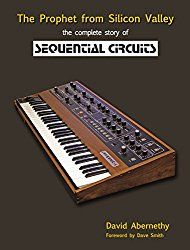



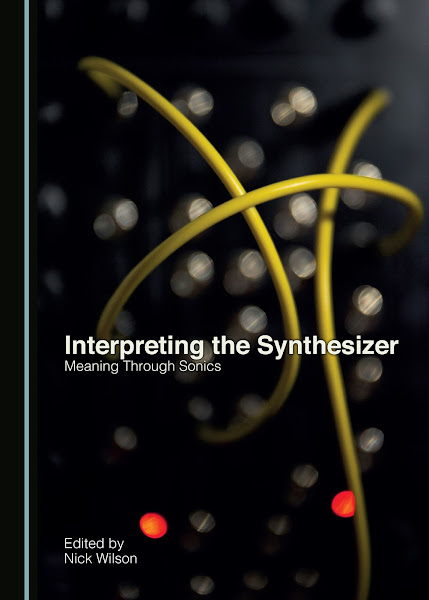
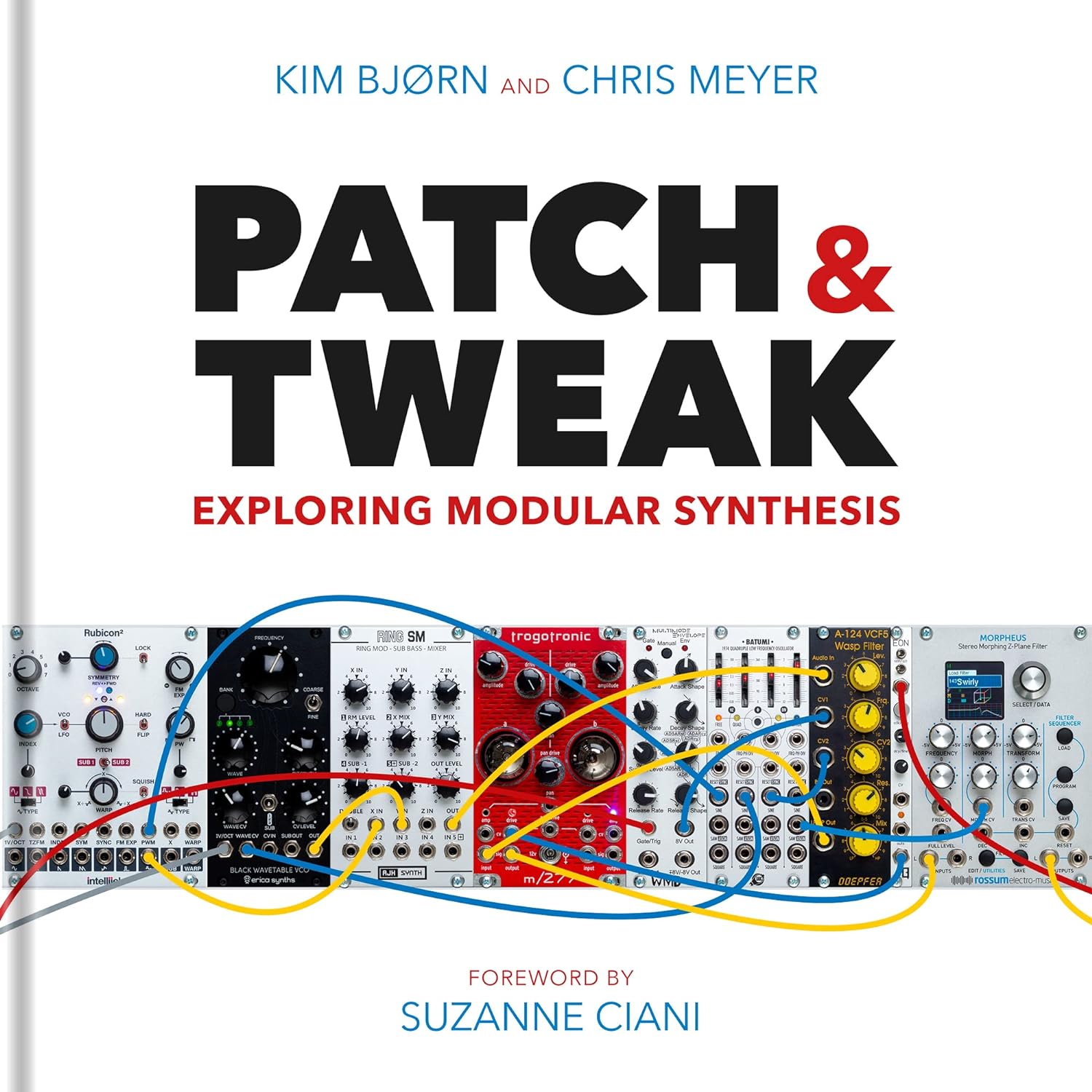

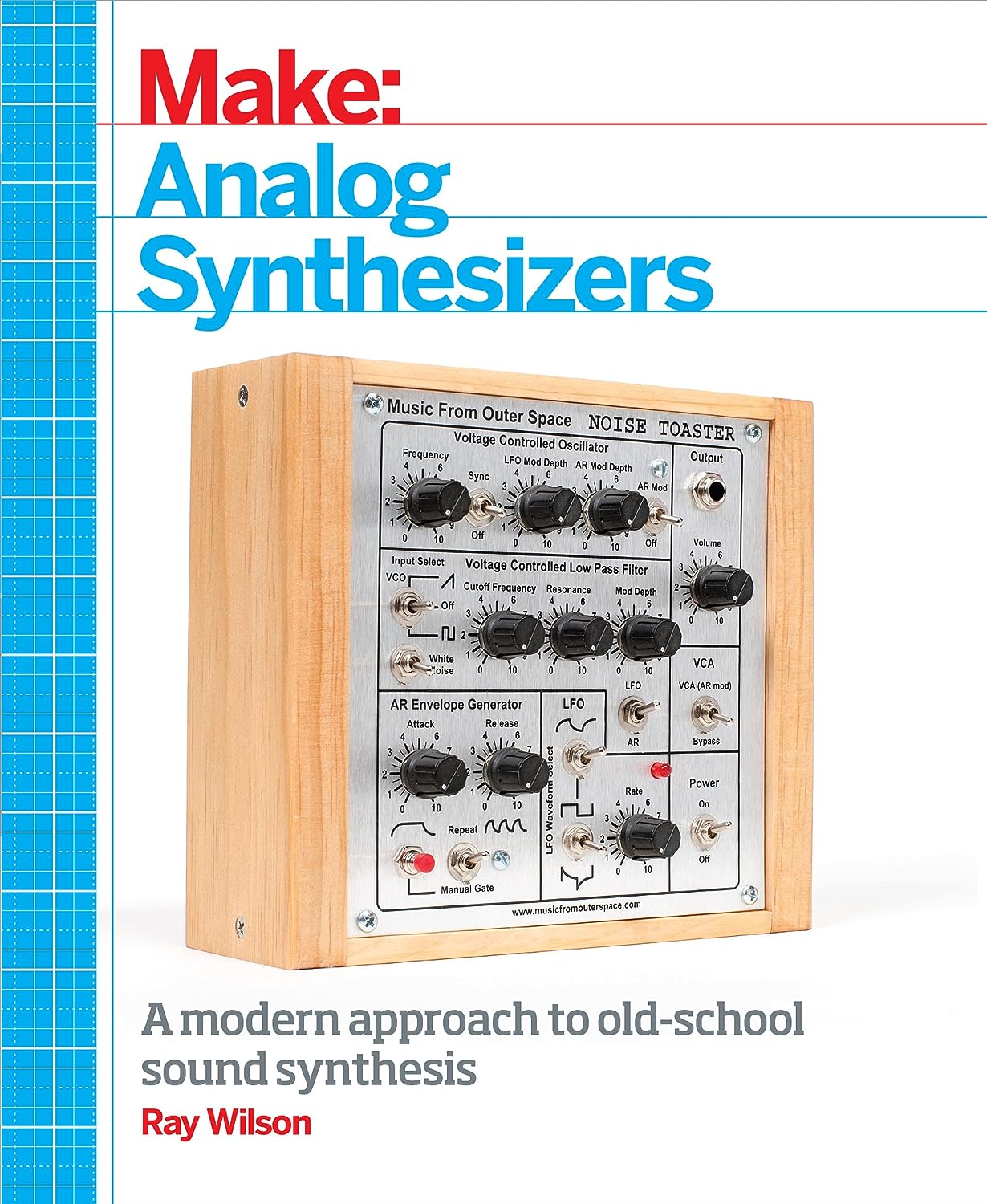

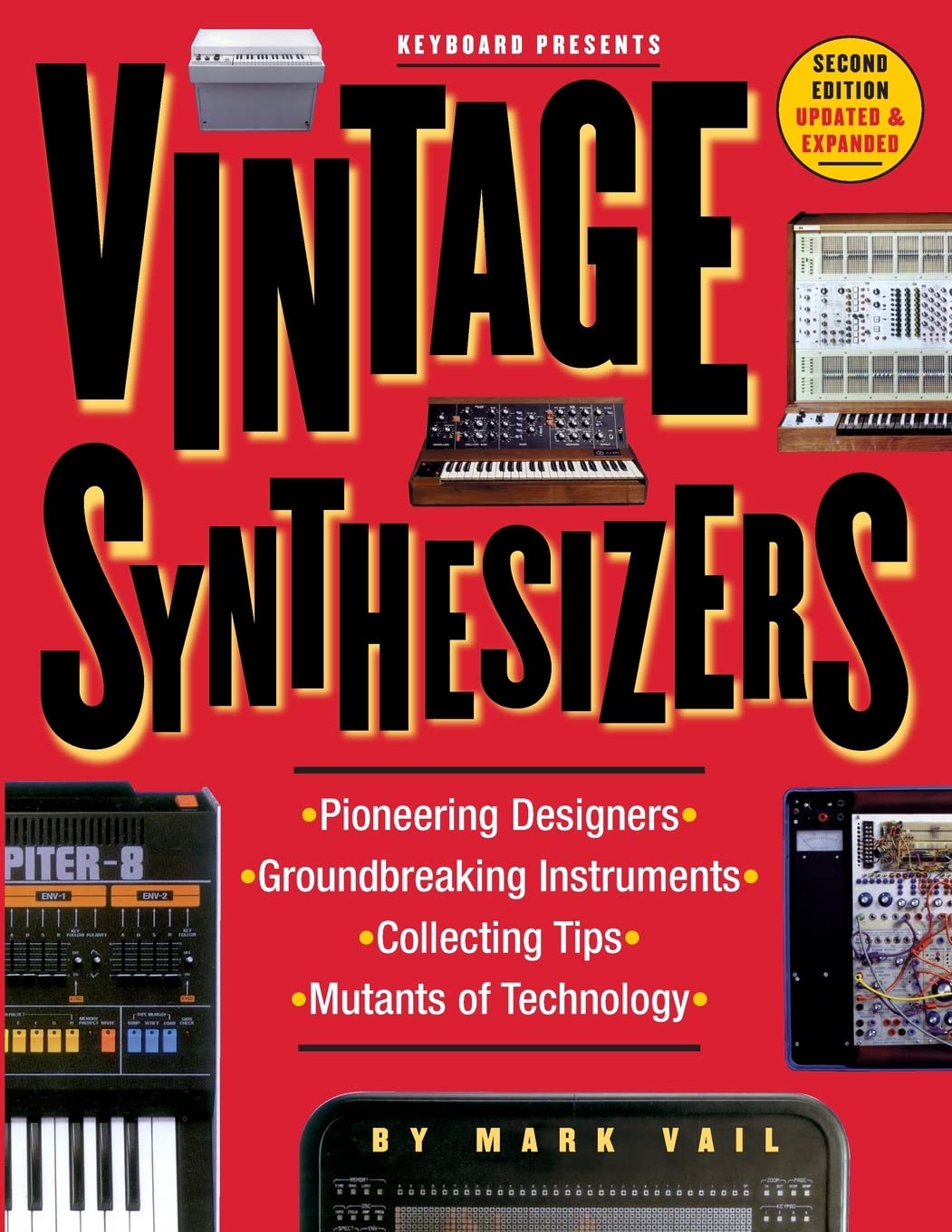
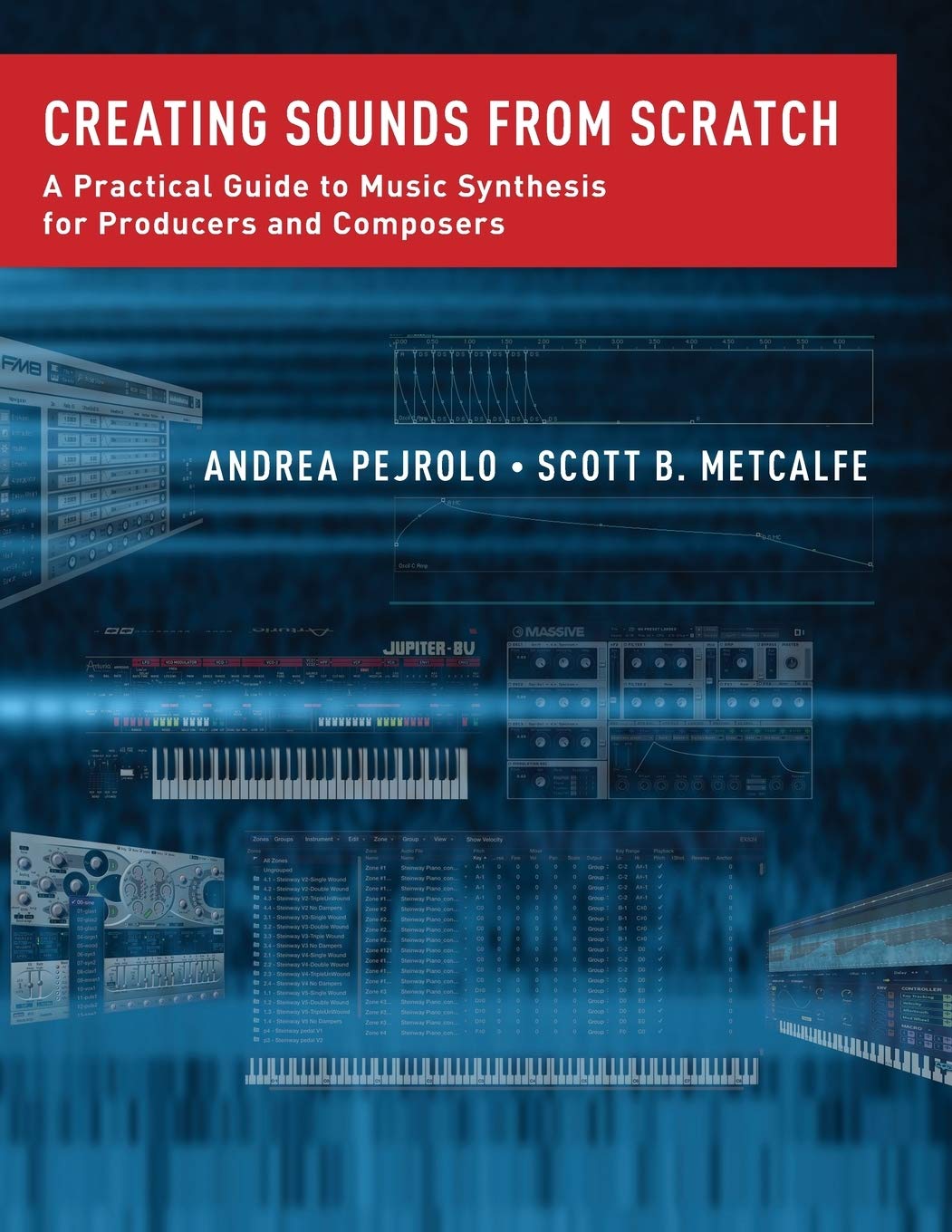
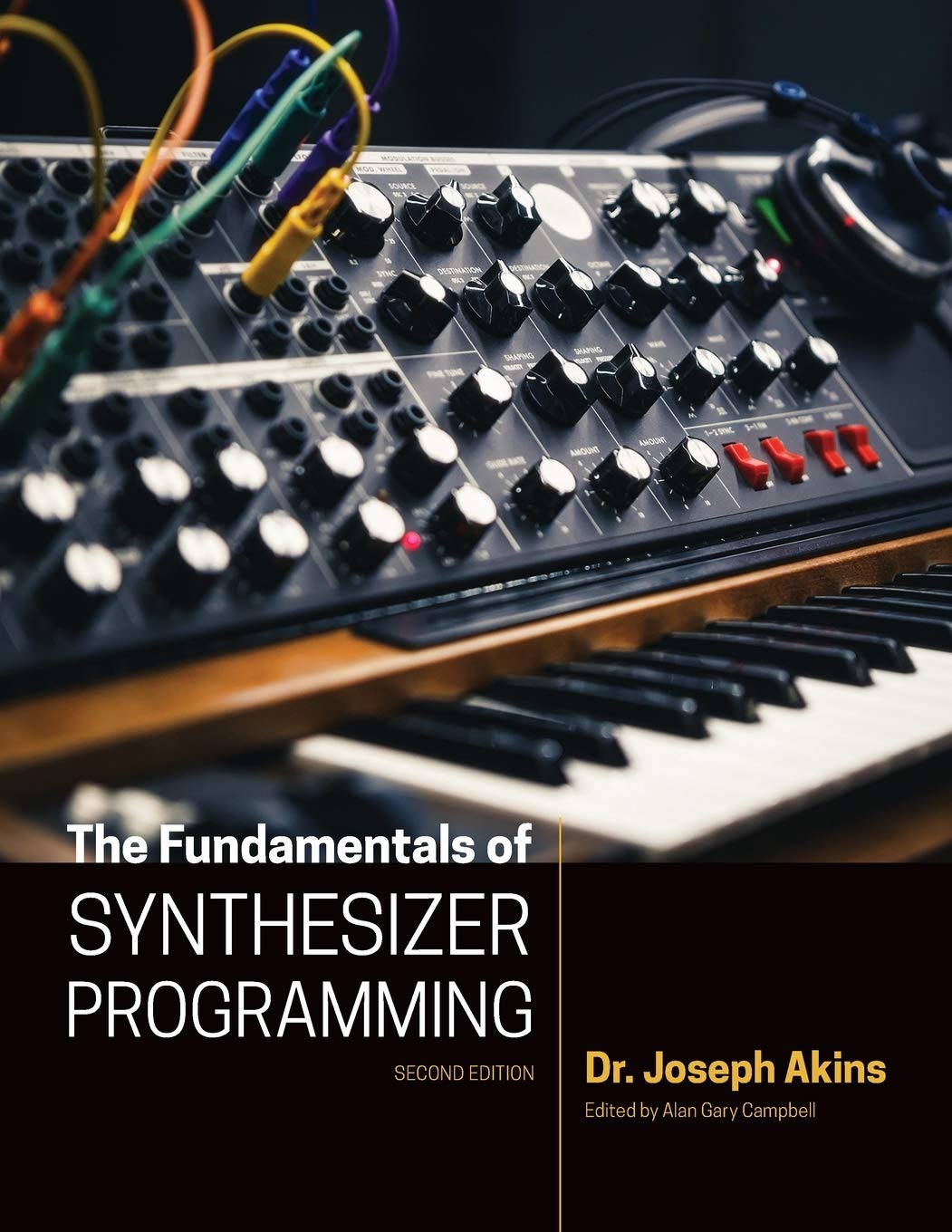

© Matrixsynth - All posts are presented here for informative, historical and educative purposes as applicable within fair use.
MATRIXSYNTH is supported by affiliate links that use cookies to track clickthroughs and sales. See the privacy policy for details.
MATRIXSYNTH - EVERYTHING SYNTH













© Matrixsynth - All posts are presented here for informative, historical and educative purposes as applicable within fair use.
MATRIXSYNTH is supported by affiliate links that use cookies to track clickthroughs and sales. See the privacy policy for details.
MATRIXSYNTH - EVERYTHING SYNTH




















